Cenozoic
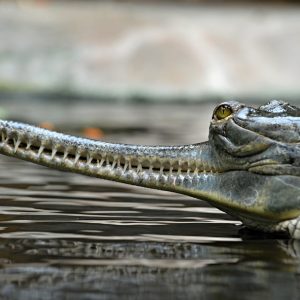
Episode 124/125: Crocodylomorph Disparity
Published on April 15th, 2021 | by David Marshall
We look at rates of evolutionary innovation in crocodiles through time with Dr Tom Stubbs... Read More →

The Jurassic period is a division of earth’s history spanning from around 201 to 145 million years ago, and during which dinosaurs became the dominant land vertebrates. By the Early Jurassic, the supercontinent of Pangaea had split into Laurasia, in the north, and Gondwana, in the south. Separating them was the Tethys Ocean. Sea levels in the Jurassic were high and the climate was warm and humid, leading to the growth of vast forests of conifers and ferns. In the oceans, marine reptiles continued to diversify, as did ammonites. During the Jurassic, reef-building rudist bivalves and belemnite cephalopods appeared. On land, dinosaurs flourished; among the most successful were the giant long-necked sauropods. Bird-like dinosaurs such as Archaeopteryx began to appear. In the skies, pterosaurs were common.

Published on April 15th, 2021 | by David Marshall
We look at rates of evolutionary innovation in crocodiles through time with Dr Tom Stubbs... Read More →
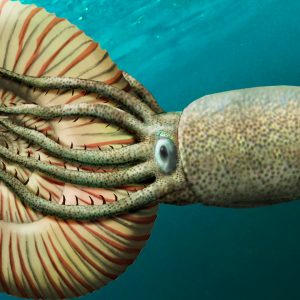
Published on February 1st, 2021 | by David Marshall
When an ammonite loses its shell, what kind of anatomical information can be found lying beneath? With Prof. Christian Klug... Read More →
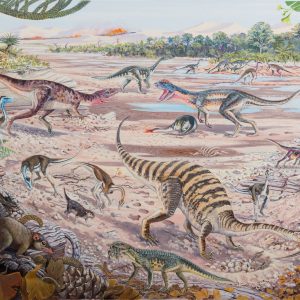
Published on December 1st, 2020 | by Elsa Panciroli
Dr Kimi Chappelle discusses the growth and development of Massospondylus, a South African sauropodomorph... Read More →
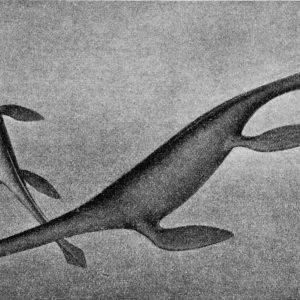
Published on March 1st, 2020 | by David Marshall
Plesiosaurs are some of the most easily recognisable animals in the fossil record. Simply uttering the words ‘Loch Ness Monster’ can conjure a reasonably accurate image of what they look like. Thanks to palaeoart, it’s also [&hellip... Read More →
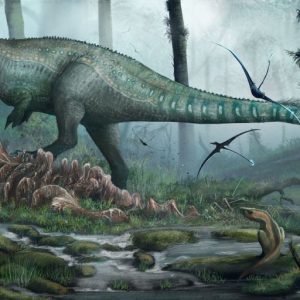
Published on October 21st, 2019 | by Guest Blogger
We don’t need a whole lot of fossil material to start to understand the ecosystems of the past. A few teeth can tell us what types of dinosaur roamed the land hundreds of millions of years [&hellip... Read More →

Published on September 22nd, 2019 | by Guest Blogger
The recent discovery of a dinosaur trackway site on the Isle of Skye, Scotland, provides insight into “a day in the life of a bunch of dinosaurs just loitering about, 170 million years ago” according to [&hellip... Read More →
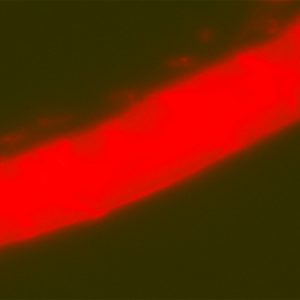
Published on July 1st, 2019 | by David Marshall
Fossilisation of organic material was long thought to result in the complete loss of original content. However in the last 20 years, several high-profile publications reported the discovery of proteins, blood vessels, blood cells and even [&hellip... Read More →

Published on May 28th, 2019 | by Guest Blogger
As with most children who are fascinated by dinosaurs, Tyrannosaurus, Triceratops, and Stegosaurus were amongst the first dinosaurs I learnt of. But as I grew older, another group of dinosaurs began to pique my interest, a [&hellip... Read More →
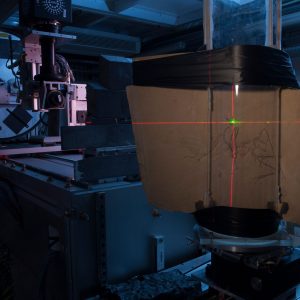
Published on March 17th, 2018 | by David Marshall
Archaeopteryx is perhaps one of the most iconic taxa in the fossil record. Exclusively found in the Late Jurassic Solnhofen Lagerstätte in Bavaria, Germany, it is a crucial taxon for understanding the relationship between dinosaurs and [&hellip... Read More →
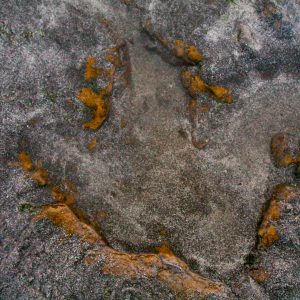
Published on January 9th, 2018 | by Guest Blogger
One year after a bizarre act of local fossil vandalism on Scotland’s Dinosaur Isle let us consider the value of footprints in the sand and the implications for U.S. Government cuts to national monuments of global [&hellip... Read More →